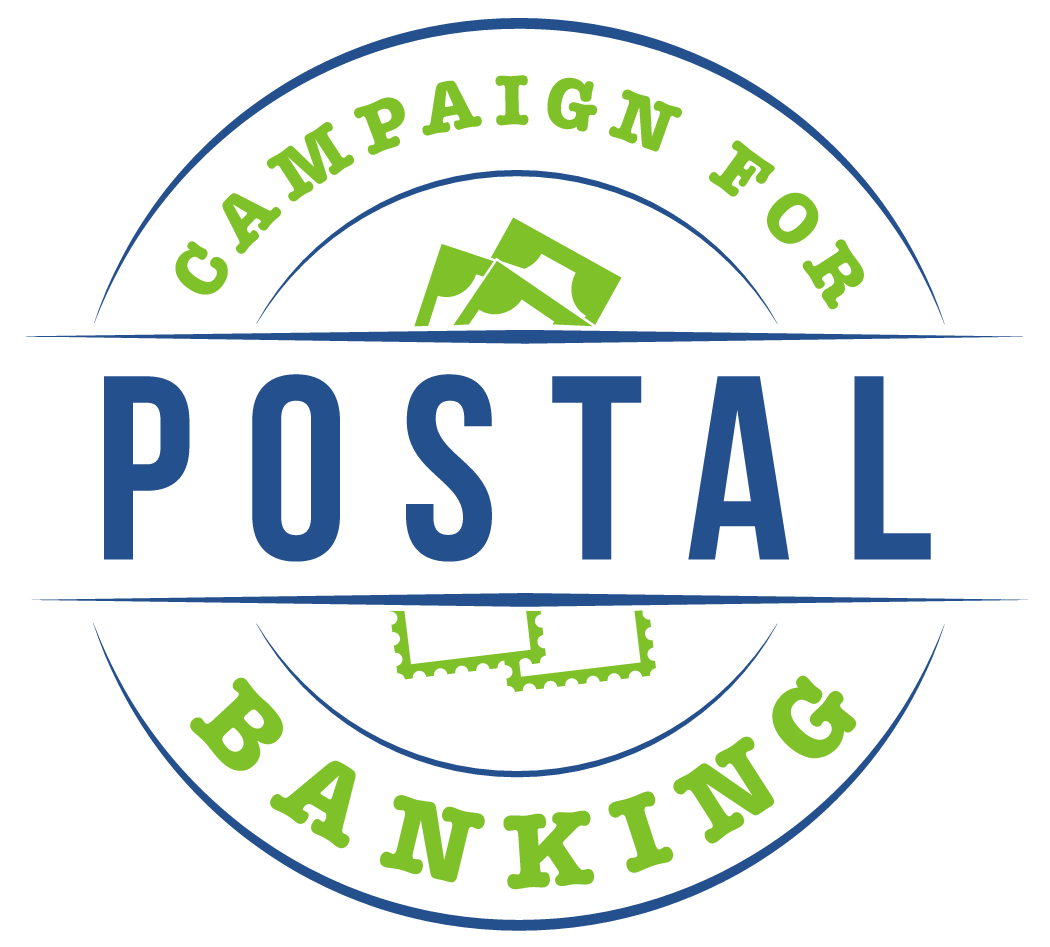The Millions of Americans Without Bank Accounts
By Gillian B. White, Oct. 20, 2016, originally appeared in The Atlantic.
The number of American families without a bank account dropped to about 9 million in 2015, the lowest rate on record since the Federal Deposit Insurance Corporation started gathering data in 2009. Still, around 24 million households are considered underbanked, meaning that they have checking accounts but still rely on alternative services—such as pawn shops, check-cashing operations, and payday or auto-title loans—for their credit and cash needs. And that number, a new report finds, hasn’t improved much at all in the past few years, which means that tens of millions of Americans still struggle without access to basic financial services.
Americans with limited access to traditional banking and credit services (or no access at all) have long been overlooked in the United States, despite collectively making up more than one quarter of all households. It was only seven years ago that the FDIC even started conducting bi-annual surveys to determine how large the population was and whether or not bank accessibility was improving. A growing awareness of the high interest rates and dangerous debt cycles that many Americans face when they have no other resources has put pressure on regulators to come up with better ways to both protect and provide for all consumers.
Around 7 percent of all households don’t have a bank account, down from around 7.7 percent in 2013, according to the FDIC. The most common reason families cited was not having enough money to open and maintain a checking account at a mainstream bank. It’s no surprise, then, that about half of the decline in the underbanked population over the past two years wasn’t due to changes in the banking industry, but because some households started earning more. This allowed them to open an account and keep one open in the face of monthly maintenance or overdraft fees.
The 9 million households that don’t have bank accounts rely largely on cash and, increasingly, prepaid debit cards, the report shows. Both of those options come with major drawbacks. Using cash without a bank account means that individuals have limited options for spending, tracking, and safeguarding their money. And prepaid debit cards have been shown to include nebulous language that can disguise the fees, penalties, and limited legal options that users might be agreeing to. The FDIC also found that households that felt discouraged about applying for credit from banks—for fear of being rejected—were much more likely to turn to alternative lenders, such as payday or auto-title operations. And households that had previously been rejected by banks were also more likely to turn to alternative lenders, whose rates are often higher and whose terms and conditions are often less lenient. Among the unbanked, more than half of respondents said that traditional banks weren’t at all interested in serving families like theirs.
The fact that some feel banks aren’t interested in serving their communities is troubling but unsurprising. The underbanked population is largely made up of Americans who are poor, black, or Hispanic. Many haven’t finished high school or college. These are the same populations that the American banking system haswillfully alienated for generations through concrete policies such as redlining and subprime-credit targeting. One of the FDIC respondents’ most commonly reported reasons for avoiding banks—aside from not having enough money—was that they didn’t trust the banking system.
While there has been progress in the efforts to tackle bad banking practices—with the Consumer Financial Protection Bureau issuing rules about how payday lenders and prepaid-debit-card companies can operate—few safe, mainstream alternatives have arisen to take the place of the costly and opaque services that so many families rely on. That creates a dangerous gap between the services currently provided by traditional banks and the actual needs of tens of millions of Americans.

